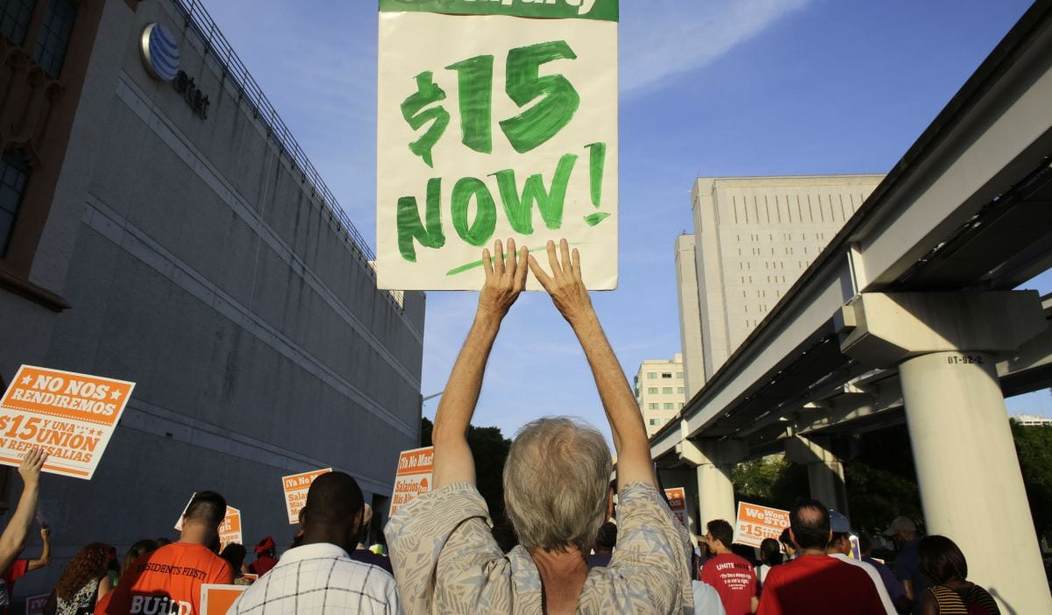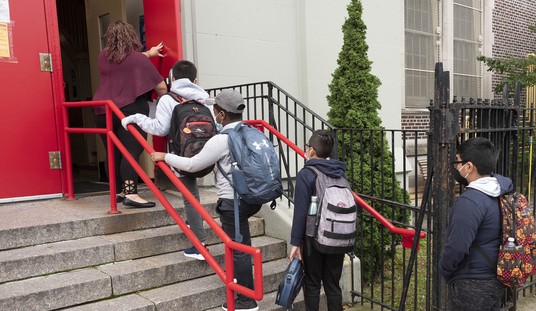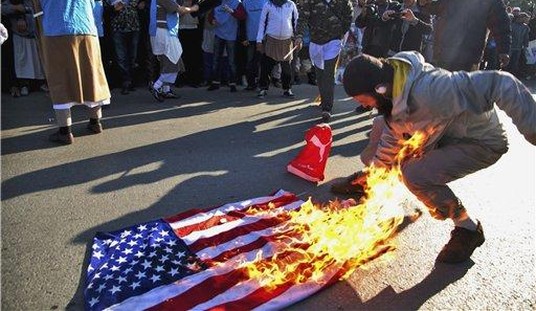Here’s one from our “Least Surprising News of the Day” file. San Francisco raised its minimum wage to $15 an hour by July 1, 2018. After immediately going up to $13 an hour when the ordinance was passed in 2016, the wage is set to rise to $14 an hour July 1, 2017, before settling on the $15 an hour target next year.
The result? Well, you can guess the result.
In the winter of 2016-17, 64 restaurants around the Bay Area have closed. And these weren’t your garden-variety restaurants that were parts of national chains; they closed all over the area, from Berkeley to Hayes Valley to Oakland to the Embarcadero to Inner Richmond to the Marina to the financial district.
But that possibility didn’t matter to the groups fighting for a wage hike, including “Fight for 15,” which stated, “We’re robbed on the job by our employers looking to cut corners. And it’s not like our employers are struggling — these are multi-billion dollar corporations.”
In April, the Harvard Business School, released a study that examined restaurants in the San Francisco Bay Area between 2008 and 2016 titled, “Survival of the Fittest: The Impact of the Minimum Wage on Firm Exit.” The study posited that a $1 increase in the minimum wage led to a roughly 14% increase in the likelihood of a median 3.5 star restaurant closing. The study concluded that over the next two years, San Francisco’s restaurant industry would shrink, meaning the workers would lose jobs.
Shhh. Don’t tell that to the restaurant workers. Let them find out for themselves.
There is no doubt that driving the minimum wage up to $15 an hour will cause thousands of restaurants to close. But the problem with blaming the rising wage on the 64 restaurants that closed is that it’s impossible to tell how many would have closed regardless of what the minimum wage was.
Up to 90% of all restaurants opening this year will fail within three years. That’s the economics of the business and a minimum wage won’t change that. Of course, a $15 minimum wage makes it harder to succeed, but as in all things, if you build a better mousetrap, you’re more than likely to end up a winner.
The high minimum wage affects restaurants on the margin — those already losing money or barely squeaking by. How many of those would eventually have succeeded without the wage hike, with success being measured by the ability of the business to stay open for five years or more? Impossible to say.
That Harvard study appears to take the factors above into consideration, so at least nine of those 64 restaurants were forced to close because of the higher wage. But no study can predict how many restaurants won’t even open because of the high minimum wage. An established business can get away with raising prices to a certain extent as well as cutting staff. But how many potential restaurant owners are looking at the numbers and changing their minds? Again, we’ll never know.
Unions have been pushing the “15 or Fight” movement because the higher minimum wage means higher wages for their members in the trades and elsewhere. Few restaurant workers are unionized, so unions don’t care if those workers lose their jobs.
Have the fast food workers and others been misled? They are hardly innocent. You can bet they are well aware that many jobs are going to be lost but figure it won’t happen to them.
They are hoping that by feeding the crocodile, it will eat them last.










Join the conversation as a VIP Member